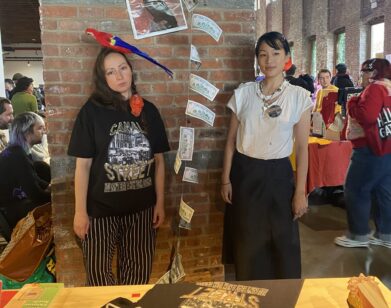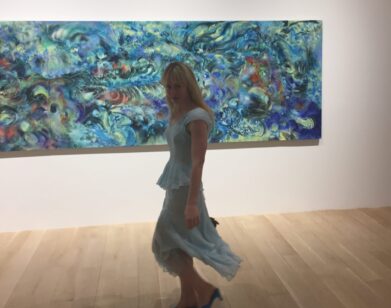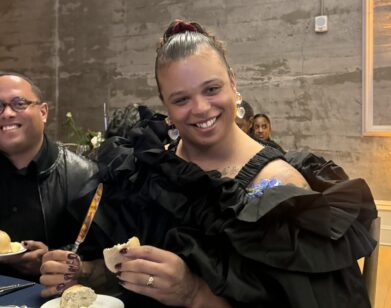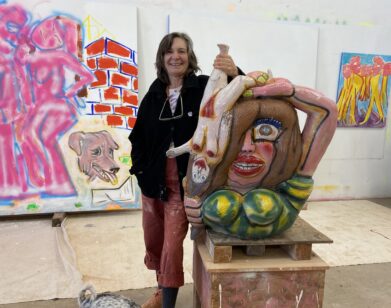Island PLOT
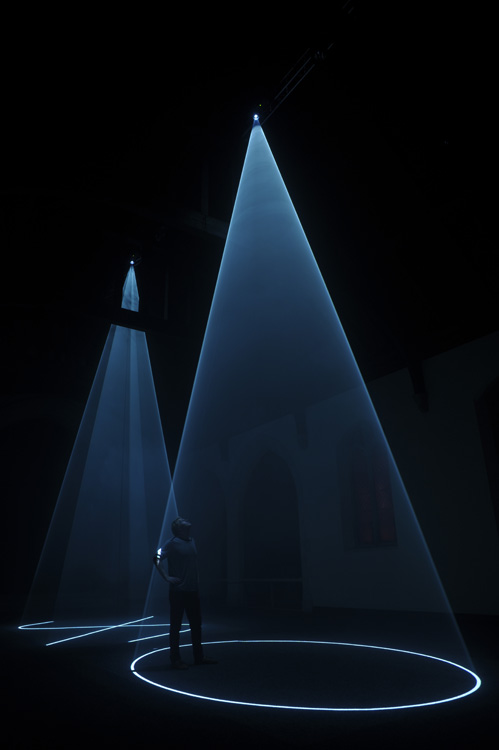
Graphic by Brendan Griffiths
In 1977, when American artist Bruce Nauman was invited to participate in an exhibition called Sculpture Projects in the German city of Münster, his proposal for a work entitled “Square Depression”—an enormous inverted, hollow pyramid with a 82-by-82-foot square base, sunk into the courtyard in front of the University of Münster-was rejected (the same year residents demanded that the city refuse a sculpture donated by George Rickey because they thought it was an eyesore). Münster, on the northwestern Dutch border city of Germany and derisively referred to by fellow Germans as the national capital of the conservative, German petit-bourgeoisie, was clearly not ready for modern art. Thirty years later, in 2007, “Square Depression” made its premiere at this decade’s Sculpture Projects. Corruption by contemporary art was inevitable.
Apply this to New York, and the 172-acre island called Governors Island, just off of Manhattan’s southern tip. From 1783 to 1966, the island was a United States Army post, and then from 1966 to 1996 the island served as a major United States Coast Guard installation. It wasn’t until 2003, when President George W., Governor Pataki, and Mayor Bloomberg (on behalf of the United States) sold Governors Island to the people of New York for a mere $1, that the island was accessible to civilians.
Nils Norman, Temporarily Permanent Monument to the Occupation of Pseudo Public Space, 2009. Photograph by Charlie Samuels, courtesy Creative Time.
Six years later and not only is the island accessible to those not wearing camo or some sort of military regalia, but it has hosted events ranging from Prince Harry’s victorious turn at the 2009 Polo Classic to, now, Creative Time’s public-art quadrennial PLOT09: This World & Nearer Ones, which opens tomorrow, June 27. Creative Time presents 19 public art commissions by artists from 9 countries, what Anne Pasternak, president and artistic director of Creative Time, and Leslie Koch, GIPEC (Governors Island Preservation and Education Corporation) president, hope to be an attraction akin to Münster’s Sculpture Projects.
Corruption begins with the ferry, with Mark Wallinger’s “Ferry,” two signs attached to the boat’s railings, reading “Goats” on one side and “Sheep” on the other—a reference to the biblical Gospel of Matthew and an allusion to the boats that carried Dutch colonists to the island in the 17th century. Creative Time curator Mark Beasley points out that, furthermore, this is a reminder of the binaries that we face everyday: good/bad, right/wrong, us/them. (We opted for the “Goats” side—how might that be analyzed?)
The installations are sprinkled about the island, some of them occupying five historic buildings usually inaccessible to the public. Our favorite works included Bruce High Quality Foundation’s film Isle of the Dead, wherein the art world and its players, who have been killed of by the current economic crisis, reemerge as zombies promoting a movement inspired only by art from the past. The film ends, gloriously, with a zombie uprising on Governors Island, where they congregate for a sing-along to the Bryan Adams classic, “Summer of ’69.” In a historic church, Anthony McCall’s “You and I” evokes McCall’s contemporary Fred Sandback, who also created sculpture made from this invisible. However, for McCall, shapes are made and remade and evolve when light encounters mist (projections and haze machines)-an architecture of vapor. Dutch artist Guido van der Werve (who also worked with Creative Time on their Times Square film series) makes films saturated in an atmospheric sense of melancholy, loss and loneliness, lightened up with Charlie Chaplin-like slapstick humor (i.e. at the end of “Number Four, after a pontoon floats down a lake with a choir and full orchestra on it, the artist falls from the sky, landing in the water). Preoccupied with dead composers and fired by a love for classical piano pieces, Van der Werve’s two beautifully-shot vignettes “Number Four: I don’t want to get involved in this; I don’t want to be part of this; talk me out of it” and “NumberSeven: The clouds are more beautiful from above” recalls what critic Jorg Heiser has termed his “Romantic Conceptualism.” Beasley poignantly describes this as, “a crescendo of melancholy that can suddenly transition into a light-hearted absurdity.” (LEFT: Installation of Anthony McCall’s Between You and I in St. Cornelius Chapel, Governors Island, 2009. Photograph by Charlie Samuels, courtesy Creative Time.)
Other works include Klaus Weber’s “Large Dark Wind Chime (Tritone Westy),” Nils Norman’s “Temporarily Permanent Monument to the Occupation of Pseudo Public Space”; and Patti and Jesse Smith’s musical score and ambient guide to the island; along with works by artists Tris Vonna-Mitchell, Lawrence Weiner, AA Bronson and Krzysztof Wodiczko, among others.
For INTERVIEW’s discussion with curator Mark Beasley, read on.
Free and open to the public, Friday 11 AM–4 PM and Saturdays and Sundays, 12 PM-6 PM.

